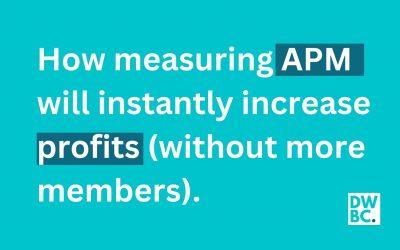And no where is this more apparent than for people who choose Olympic Lifting as either a sport, or as a piece of a bigger exercise program.
But all is not lost. There IS a way to maintain (or even improve) your Olympic Lifting when all the bars are locked away. (you may also be interested in How to Modify Your Exercise Program During COVID-19).
And to understand how, it’s important to appreciate that Olympic Lifting often boils down to two things – technique and power. And it’s power we’d like to talk about here.
In physics terms, power = force x distance / time. We can simplify this equation by saying that power is the ability to move a large load, a long distance, quickly. Whereas absolute strength doesn’t take speed into consideration, power does. A powerful person is not just strong, but fast too.
And because of this, it can be a challenge to train power with limited equipment. If you’re a power lifter, or are looking to build absolute strength, there are a range of strategies that can be used (read The Ultimate Seven Strategy Guide to Getting Strong Without Equipment). But they often involve a change in tempo (movement speed). As speed drops, so does power – making slow movements a suboptimal choice for improving your Olympic lifting.
Those who use Olympic lifting as part of a larger exercise program are not just doing so to improve their ability to snatch and clean and jerk, but to improve their power. Olympic lifting is one of the absolute best methods of increasing power – as it requires both force and speed – key elements of the power equation.
But while it may be ONE of the best methods of training power, it’s not the ONLY method of training power. And whether you choose Olympic lifting as your sport, or if it just forms part of your overall exercise program, there are other ways to train power.
There are several methodologies we have to improve power, and to understand them, it’s important to understand the ‘force-velocity curve’. This is a curve that plots force (strength) versus velocity (speed). There is an inverse relationship between force and velocity. So movements that are very high force are very low velocity (like a very heavy deadlift). And movements that are very high velocity are very low force (like sprinting). Because power is a product of both force and velocity, it is important that we optimise speed and strength to maximise force.
There are five points on the force-velocity curve, and all are important in training to maximise power.
Max Strength: Very high loads (90-100% of one rep max). Includes movements like powerlifting exercises (squat, deadlift, bench press). These exercises are not great for improving power (due to the low speeds), but completing them at lighter loads (around 60% of a one rep max) will maximise their power-generating effect. If looking to use these movements as a power training tool, it should also be noted that the speed and acceleration must continue to the end of range.
Strength-Speed: High loads with increased velocity (highest levels of power occur here at 80-90% of one rep max). Includes Olympic weightlifting. Strength is still prioritised over speed, though the speed is greater than it would be in the ‘max strength’ exercises (and hence the force will be lower).
Peak Power: Moderate loads at high speed (30-80% of one rep max). Elements of the ’second pull’ of Olympic weightlifting (like hang power cleans), loaded jumps (jumps with weight added), weighted sprints (like sled sprints or prowler push sprints) and ballistic moderate-weighted throws. For these movement, ‘peak power’ will occur around 30-40% of one rep maxes. This section of the force-velocity curve produces the greatest amount of force in the least amount of time. It is also the section that results in the highest rate of force development (RFD) – how fast the individual can develop force.
Speed-Strength: Low load, high speed (30-60% of one rep max). Plyometric movements with a slow stretch-shorten cycle like a max height vertical jump (also called a counter-movement jump) which begins with the individual in a standing position. ‘Jump training’ is an example of a slow stretch-shorten cycle, where there is a stretch-shorten cycle but no repetitive ground contact. Although the muscular is still rapidly stretched and contracted, a slower stretch-shorten cycle is not a ’true plyometric’ movement.
Max Velocity: Very low load, very high speed (<30% of one rep max). Plyometric movements with a fast stretch-shorten cycle like sprinting, depth jumps and hops. These are examples of ’true plyometric’ movements, where (in the example of hops) the time that the feet in in contact with the group is very short, and there is a repetitive ground contact.
Of these five points of the force-velocity curve, we currently have an opportunity to train in the ‘peak power’, ‘speed-strength’ and ‘max velocity’ sections. By combining this with some of the ‘limited equipment’ strength building strategies we discuss here, you’ll be able to target the entire force-velocity curve.
The aim of training to increase power is to move the entire force-velocity curve to the right. That is, increase the movement speed for any given load. However, if we only train one of the five aspects of the curve, the law of specificity tells us we will only improve that element. Not only will that be the only element that improves, but the other elements are likely to be compromised (reduced).
You can check out videos of our favourite Olympic Lifting modifications here:
Not only are there ways to successfully maintain our Olympic lifting power, but the COVID-19 lockdowns may actually provide you the opportunity to train parts of the force-velocity curve you otherwise neglected.
Who knows, you may just walk back into the gym and be greeted by a new personal best!
For a more complete guide to power training, read “The Complete Guide to Training Power for Health and Performance.”




